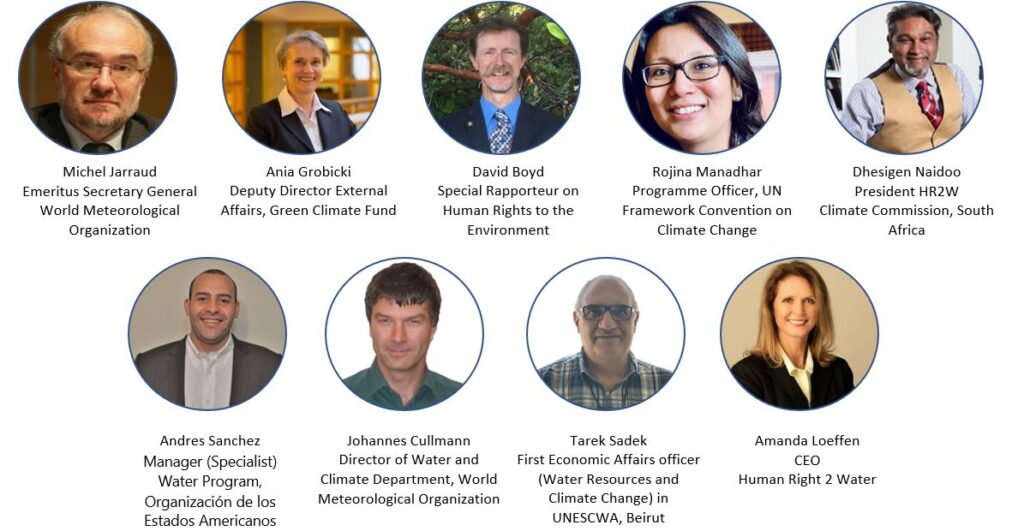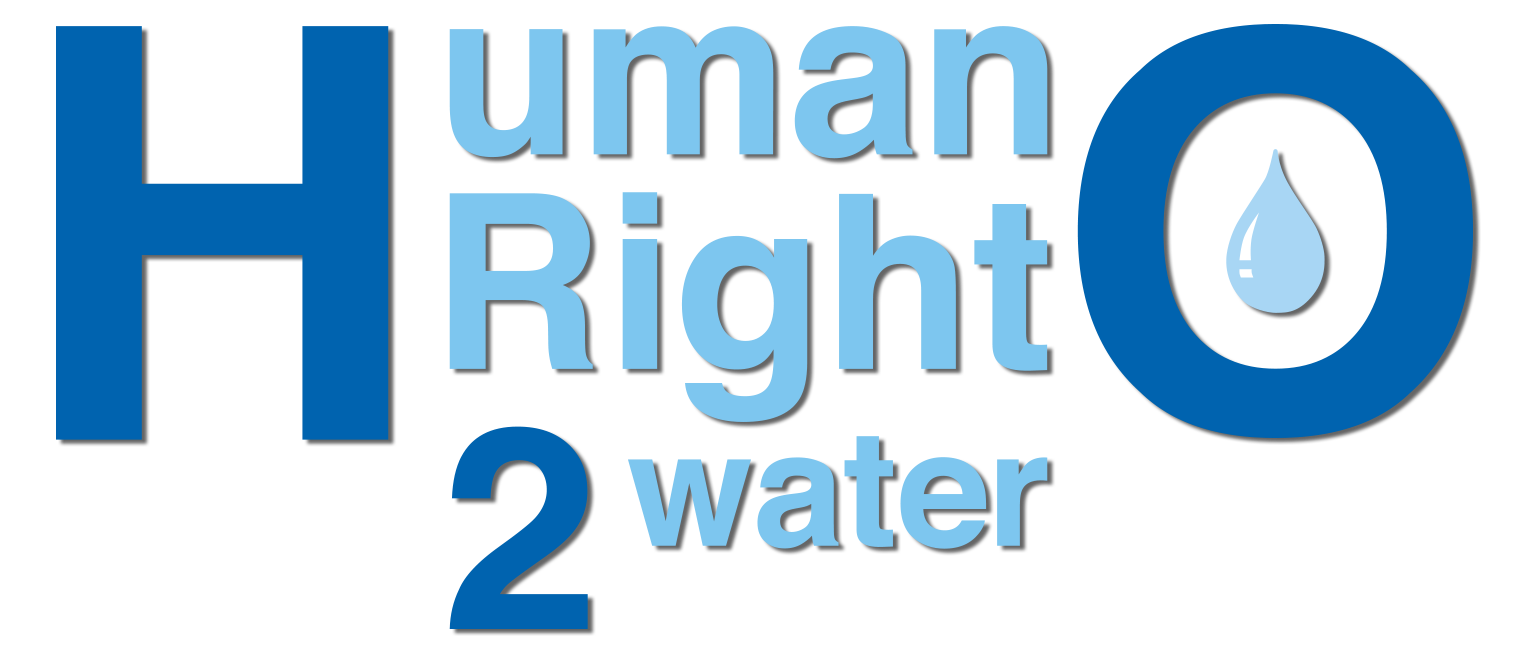“There is no conflict between the right to water and the right to a healthy environment” , says David R. Boyd, Special Rapporteur for Human Rights and the Environment at this COP26 side event. HR2W teamed with WMO in the Science Pavilion at COP26 to bring together an occasion that highlighted the need for human rights to be recognised in the building of resilience to climate events. Watch recording HERE.
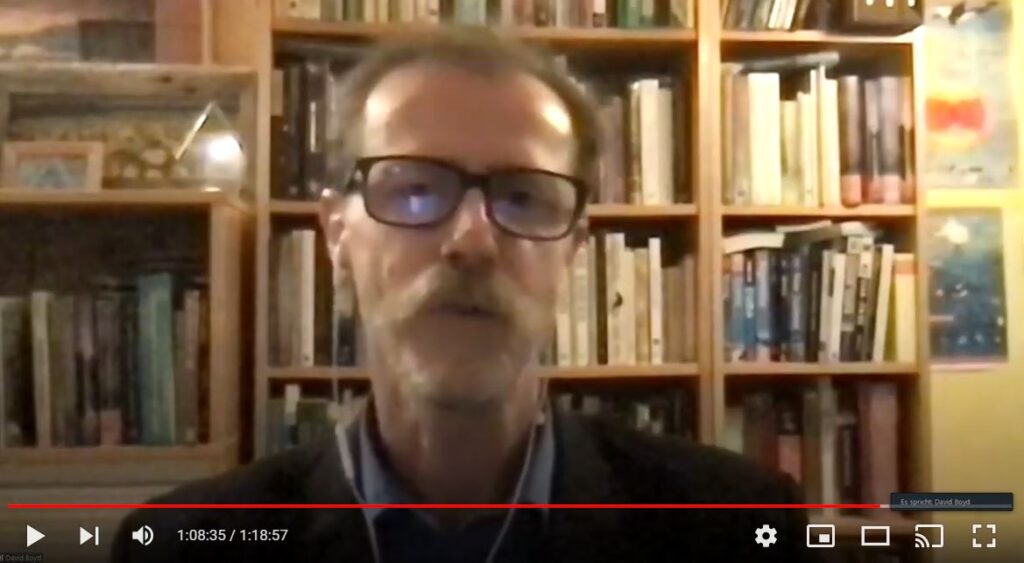
Focus on the poorest and most vulnerable people, give them a voice and a seat at the table, involve them in decision-making, give them the capacity to get involved, and the resources to be part of the development and implementation of solutions.

The Special Rapporteur reinforced the notion that the HRBA can be used as a catalyst for ambition. The climate experts shared their experiences of how to integrate human rights principles into water and wastewater services to increase resilience.
HR2W teamed with WMO in the Science Pavilion at COP26 to bring together an occasion that highlighted the need for human rights to be recognised in the building of resilience to climate events. The Special Rapporteur reinforced the notion that the HRBA can be used as a catalyst for ambition.
This side event was heralded by a presentation from Michel Jarraud, emeritus Secretary General of WMO, to announce the HR2W declaration on Resilience to Climate Events, based on the human rights to water and sanitation (HRWS).
“All of these priorities are connected to each other – they cannot be dealt with in isolation“, Michel Jarraud, Chair of HR2W Expert Committee.
It forms a summarised action framework, drawn from a survey of the law and policy in 22 countries, to see how the HRWS supports a resilient approach to emergencies, in particular those driven by climate change and health disasters. Michel’s dramatic slide show drew upon his experienced view point that we need to connect the dots between protection of our water resources, people’s access to safe drinking water, and steps to increase resilience to climate change.
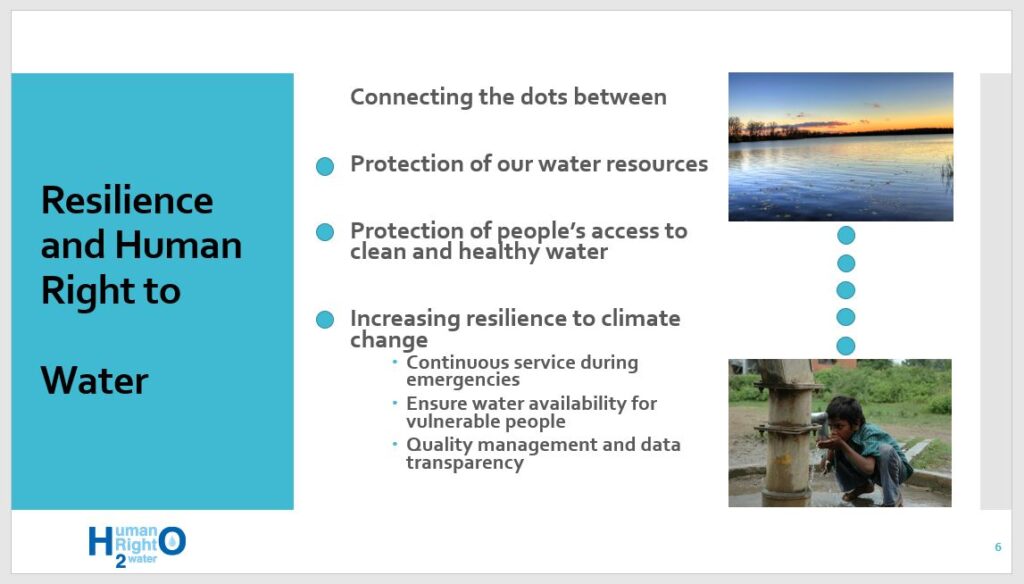
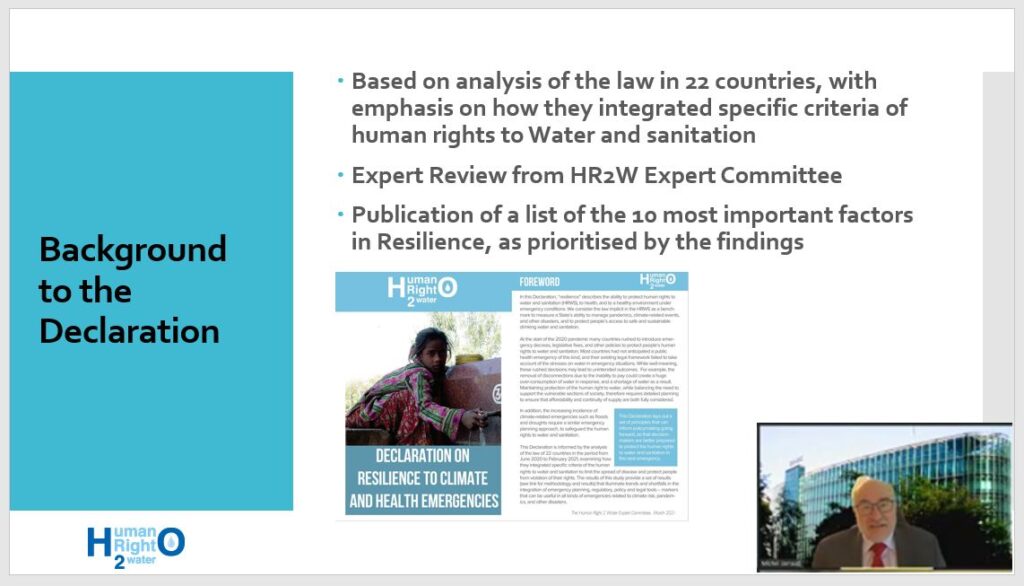
Following this introduction to the declaration on resilience, Amanda Loeffen, CEO of HR2W, interviewed the panellists about specific examples and programmes that exemplify the recommendations that are highlighted in the declaration. Ania Grobicki, Green Climate Fund, when questioned about the need for affordability in emergencies, reinforced the assertion that every person on the planet should have access to 50 litres of water per day. This triggered an active discussion in the chat about the need for it to be free of charge. Using South Africa as an example, where each person was provided with a minimum amount per day as a basic minimum, it was clarified that affordability is about making the water accessible, and this can be achieved through subsidies and other mechanisms to retain the integrity of the service provision. It was noted that in an emergency, it is also important to ensure that limited water supplies are also fairly distributed.
Johannes Cullman, a Director at WMO, shared his consideration that there should be more local capacity to store and supply safe drinking water in emergencies, one of the most important needs. Over time, due to economic drivers, water services provision has been centralised rather than left in the care of local communities, where it can provide a more resilient solution.
Tarek Sadek, UNESCWA Officer working in water and climate change, suggests that we pay more attention to vulnerability assessments, and to look at the impact of climate change on people. In reference to a flooding impact assessment that ESCWA conducted in Palestine, he mentioned the difficulty that they have had in sourcing disaggregated data that can help us to assess the impacts on gender and age differentiated groups.
Rojina Manandhar, a programme officer at UNFCCC, was able to share some of the mechanisms that they are developing to enable negotiations to be more inclusive for women and indigenous people. Looking long term at sustainable solutions, these mechanisms need to also enhance access to finance for stakeholders and local governments in line with national priorities.
The event was wrapped up with a bilateral interview between the Special Rapporteur, David R. Boyd, and Dhesigen Naidoo, Climate Commissioner in South Africa, and President on HR2W. A collegial conversation was used to draw out some interesting perspectives on the links between the human rights to water and sanitation and the right to a healthy environment. There are examples where the human rights based approach can enable locally found solutions. Small island states, with vulnerable people and situations, such as the Solomon Islands, have shown how local knowledge can be integrated into local solutions and national planning using a human rights based approach.
The key elements of a human rights-based approach:
Dhesigen concluded with a reference to the declaration and the human rights based approach. David’s reply nicely summarised the essence of the human rights based approach: Focus on the poorest and most vulnerable people, give them a voice and a seat at the table, involve them in decision-making, give them the capacity to get involved, and the resources to be part of the development and implementation of solutions.
